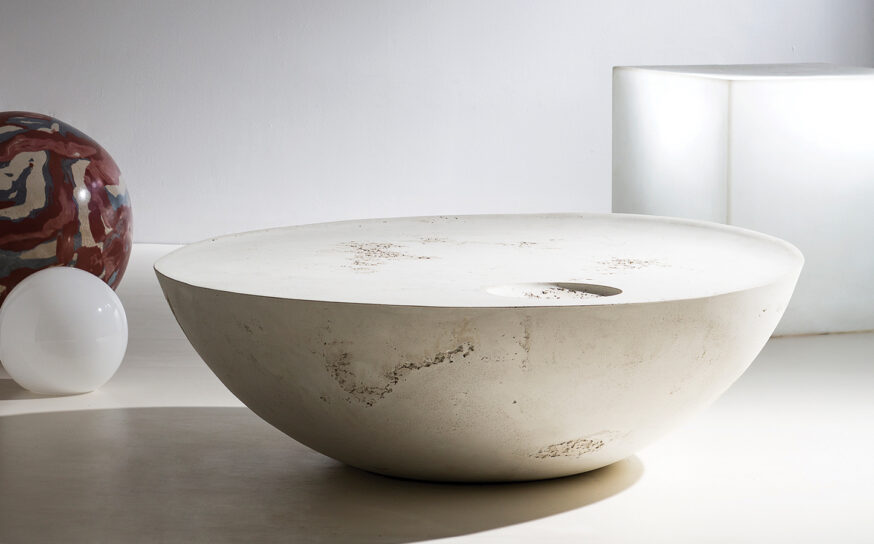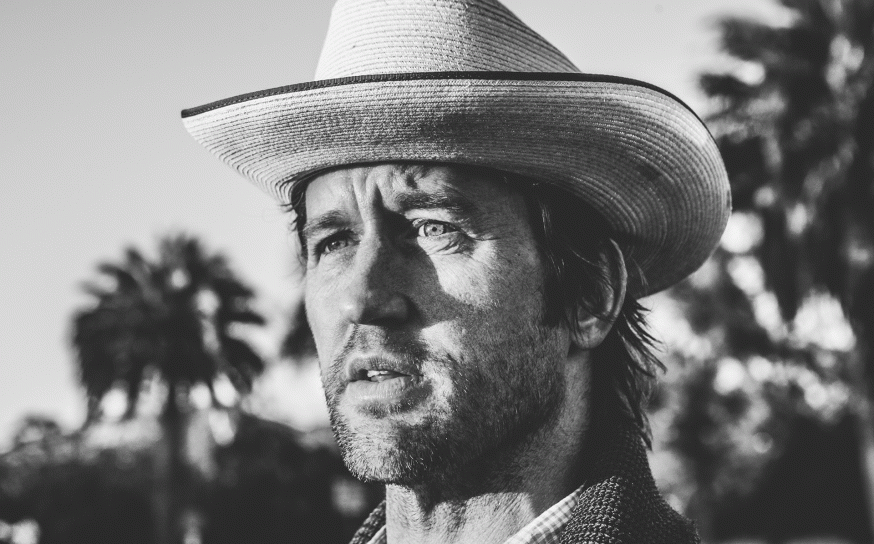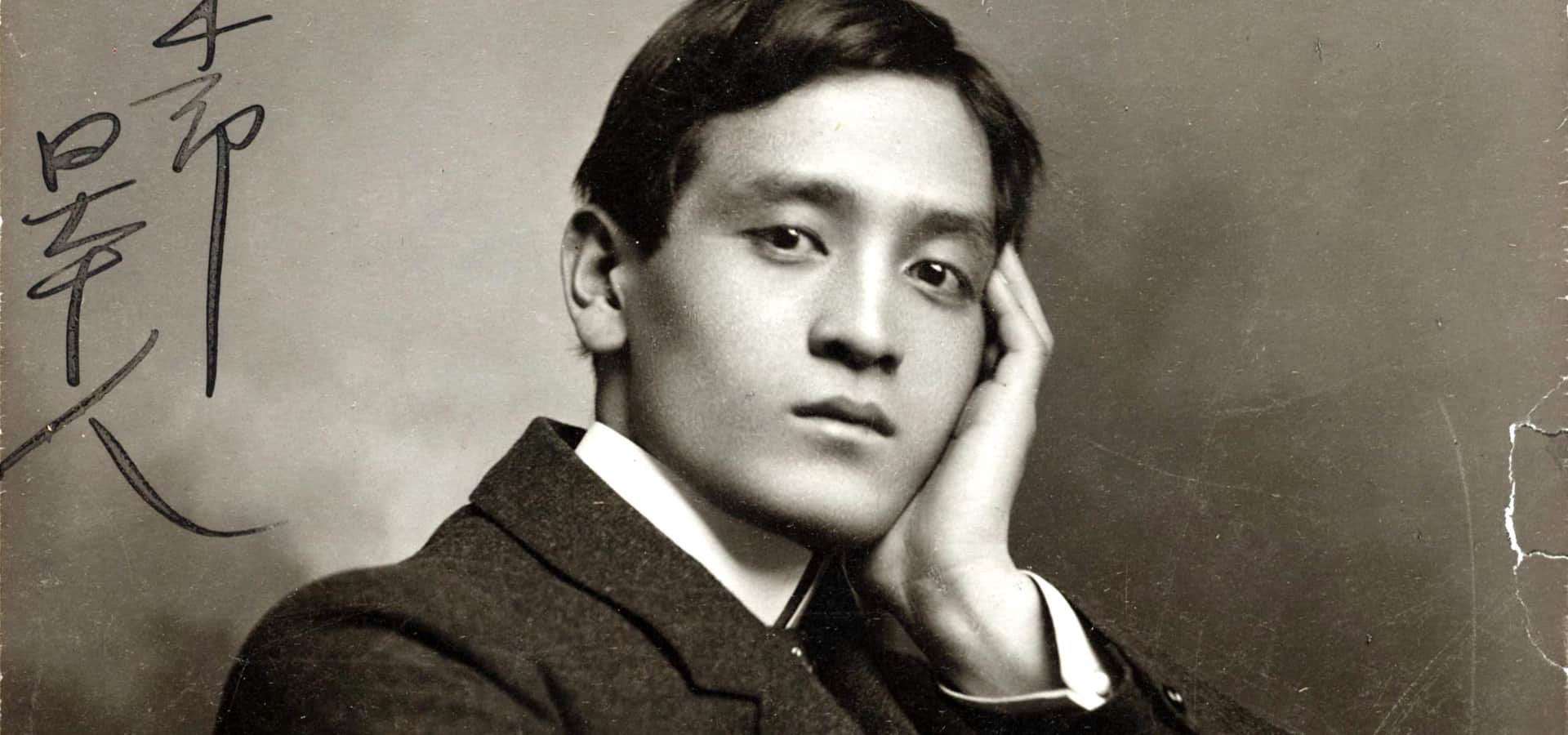
Tracing the Haiku’s Uniquely California Connection
A Japanese writer describes leaving San Francisco in the first haiku published in an English novel.
-
CategoryArts + Culture
I remember in elementary school when our class was introduced to the art of haiku…a poem in three lines of 17 syllables, arranged in a 5-7-5 syllable pattern. We were all asked to create our own, inked on tissue kites we made earlier in the week. So how did the haiku, a traditionally Japanese art form, become well known in the U.S.? We can trace those origins to Japanese-born writer Yone Noguchi, who traveled to San Francisco and immersed himself in American culture and language at the turn of the last century.
According to Verso, the blog of the Huntington Library and Gardens in Southern California, “Noguchi moved to New York City, and in 1902, his The American Diary of a Japanese Girl became the first novel published in the United States by a Japanese writer. Riffing on the popularity of Pierre Loti’s 1887 novel Madame Chrysanthème and John Luther Long’s 1898 short story “Madame Butterfly,” Noguchi also fictionalized some of his own experiences in California for the tale. Initially attributed to the pseudonymous “Miss Morning Glory,” the purported autobiography follows an 18-year-old Japanese girl on her transcontinental visit to the United States with her uncle. As she prepares to leave San Francisco, she writes a farewell haiku:
“Sayonara no
Ureiya nokore
Mizu no neni!
Remain, oh remain,
My grief of sayonara,
There in water sound!”
You can read more about Noguchi and his California travels here.



